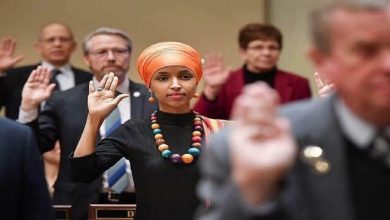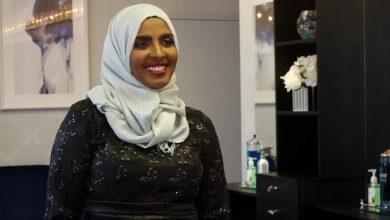Detroit Honors Overdose Awareness Day: Training, Resources, and Community Healing
DWIHN Hosts Life-Saving Narcan Training and Candlelight Vigil to Support Survivors and Families Affected by Overdoses

The Detroit-Wayne Integrated Health Network (DWIHN) invites the community to a day of reflection and awareness on International Overdose Awareness Day, Thursday, August 29, at the Wayne County Community College campus in Downriver. The event will honor lives lost to overdoses, support survivors, and provide life-saving Narcan training and harm reduction resources to the public.
Breaking Stigma, Saving Lives
James E. White, President and CEO of DWIHN, stated: “DWIHN supports families affected by the opioid crisis and works tirelessly to prevent overdoses across the county.” From 10:00 AM to 1:00 PM, the campus will become a space for healing, hope, and education, where families and survivors will share their stories to break the stigma surrounding drug use and overdoses. Michael Johnson, a nationally recognized addiction and recovery trainer, will deliver a keynote address.
The event will also feature a lunch, community prevention resources, mobile resource units, and conclude with a candlelight vigil honoring those lost to overdoses.

Event Schedule:
-
10:00 AM – Event Kickoff
-
11:00 AM – Community Resource Fair
-
12:00 PM – Free Narcan Training
-
12:30–1:00 PM – Candlelight Vigil
The event highlights the ongoing impact of overdoses on Detroit-area families while emphasizing hope. Personal stories, information on free Narcan centers, and immediate intervention options will be shared to save lives.
Media representatives are invited to engage with survivors, grieving families, community advocates, and DWIHN officials united in the mission to raise awareness, reduce stigma, and save lives.



